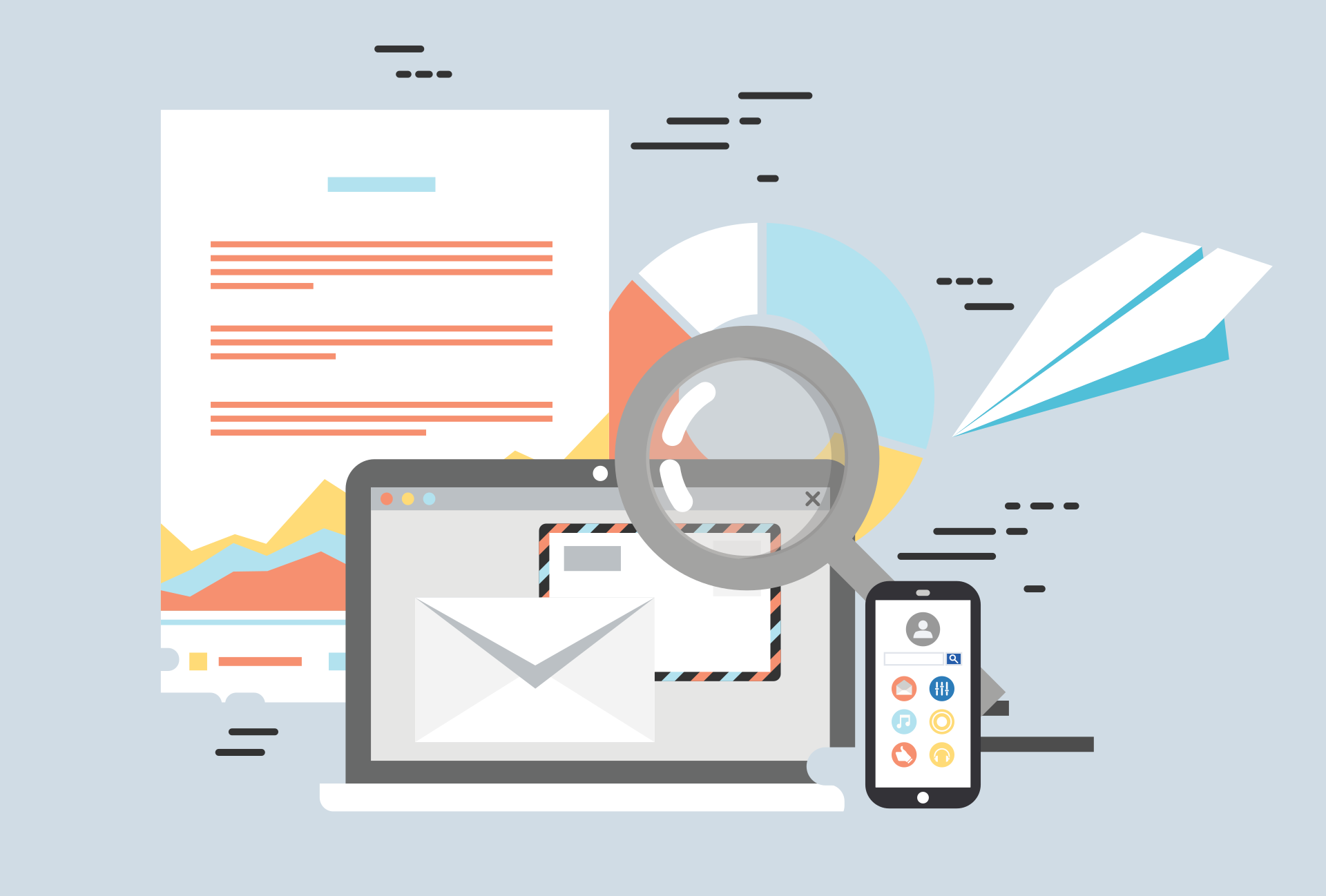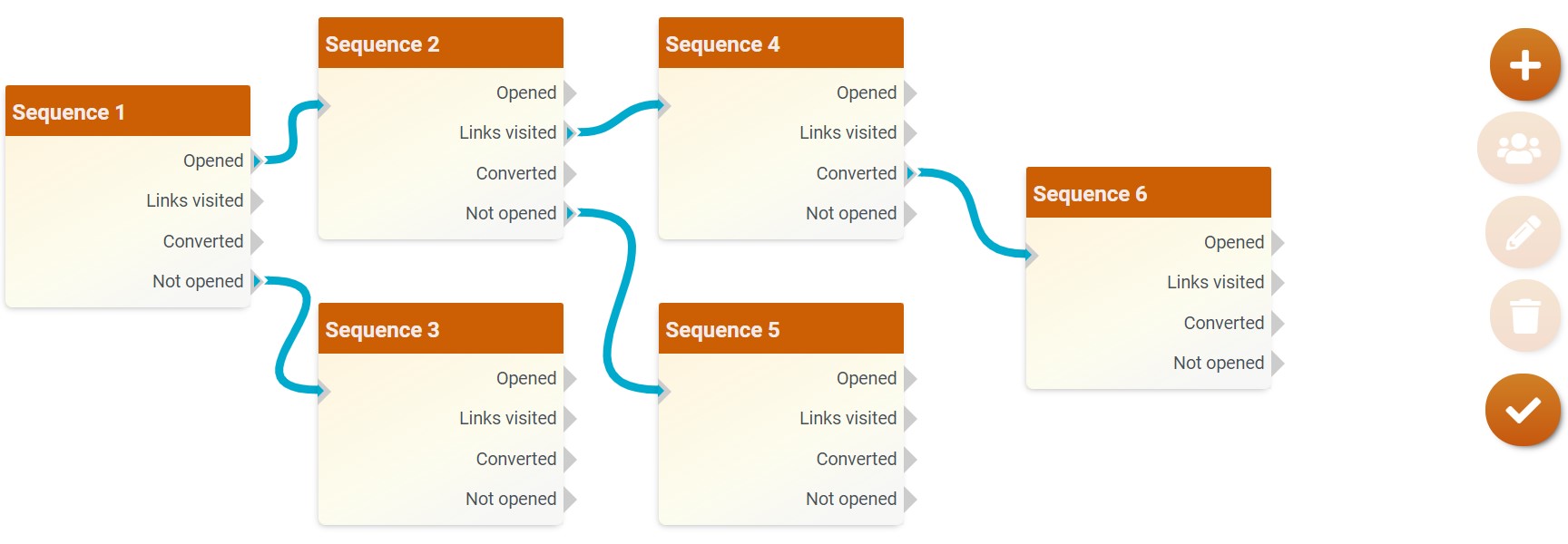1. Introduction
Email marketing is the process of sending commercial messages to a group of people via email. It is a cost-effective and powerful marketing strategy that can help businesses reach a large number of customers, build brand awareness, and drive revenue. Email marketing is one of the most widely used marketing tactics, and its popularity continues to grow due to its proven effectiveness and high ROI.
1.1. Definition of Email Marketing
Email marketing is the practice of sending commercial messages to a group of people via email. It is a powerful marketing strategy that allows businesses to reach a large audience and drive revenue.
1.2. Importance of Email Marketing
Email marketing is one of the most widely used marketing tactics because of its proven effectiveness and high ROI. It can help businesses build brand awareness, engage with customers, and increase customer loyalty. With the right strategy and tools, email marketing can be a valuable asset for businesses of all sizes.
1.3. Email Marketing Trends
Email marketing is constantly evolving, and businesses must stay up-to-date on the latest trends to remain competitive. Some of the current trends in email marketing include increased personalization and automation, the use of dynamic content, and the adoption of mobile-first design principles. Staying abreast of these trends can help businesses create more effective email campaigns and drive better results.
2. Benefits of Email Marketing
Email marketing offers numerous benefits for businesses, including increased brand awareness, customer engagement, and loyalty. Email marketing is also cost-effective, as it requires little to no cost to create and send emails. Personalization and segmentation options allow businesses to tailor messages to specific audiences, resulting in more relevant and engaging content. Additionally, email marketing offers analytics and tracking capabilities, which can help businesses understand customer behavior and optimize their email campaigns for maximum impact.
2.1. Increased Brand Awareness
Email marketing can help businesses build brand awareness by regularly exposing subscribers to their brand and messaging. By consistently sending high-quality, on-brand content to subscribers, businesses can keep their brand top of mind and create a lasting impression.
2.2. Customer Engagement and Loyalty
Email marketing allows businesses to engage with customers and build relationships by providing relevant and valuable content. By using personalization and segmentation, businesses can create targeted campaigns that are more likely to resonate with subscribers, leading to increased customer loyalty.
2.3. High ROI and Cost-Effectiveness
Email marketing is one of the most cost-effective marketing tactics, with an average ROI of $42 for every $1 spent. Compared to other channels like social media and search engine marketing, email marketing requires minimal investment and can deliver impressive results.
2.4. Analytics and Tracking Capabilities
Email marketing offers a range of analytics and tracking capabilities, allowing businesses to measure and optimize their campaigns. By tracking open rates, click-through rates, and other metrics, businesses can gain insights into their subscribers' behavior and preferences, and use that data to improve their campaigns over time.
3. Email Marketing Best Practices
To achieve the best results with email marketing, businesses should follow best practices that ensure high open and click-through rates. Building a quality email list is key, as it ensures that messages are reaching interested and engaged recipients. Crafting compelling subject lines and email content is also important to capture the recipient's attention and interest. Optimizing emails for mobile devices is critical, as a growing number of people access email on their mobile devices. Finally, A/B testing and experimentation can help businesses identify what resonates with their audience and optimize their campaigns for better results.

3.1. Building a Quality Email List
Building a quality email list is essential for successful email marketing. To do so, businesses should focus on acquiring subscribers who are genuinely interested in their brand and messaging. This can be done through tactics like opt-in forms, lead magnets, and social media promotion.
3.2. Crafting Compelling Subject Lines and Email Content
Subject lines and email content are critical components of a successful email campaign. They must be attention-grabbing, relevant, and valuable to subscribers. Personalization, dynamic content, and storytelling can help increase the effectiveness of email content.
3.3. Optimizing Emails for Mobile Devices
With over half of all emails now being opened on mobile devices, optimizing emails for mobile is crucial. This means using mobile-responsive email templates, optimizing images and text for small screens, and ensuring that links and calls to action are easy to click on mobile devices.
3.4. A/B Testing and Experimentation
A/B testing and experimentation are powerful tools for optimizing email campaigns. By testing different subject lines, email content, and call-to-action buttons, businesses can determine what works best for their audience and optimize their campaigns accordingly. This can help increase open and click-through rates, resulting in more effective email campaigns.
4. Types of Email Marketing Campaigns
There are many types of emails and the most common are listed below.
4.1. Welcome Emails
Welcome and onboarding emails are automated emails that are sent to new subscribers after they sign up for an email list. These emails are an opportunity to introduce your brand, set expectations, and provide new subscribers with valuable content.
4.2. Promotional Emails
Promotional emails are emails that are designed to promote a product, service, or offer. These emails can be used to drive sales, generate leads, or increase website traffic. Event and holiday emails are sent to promote events or to share holiday-themed promotions. Promotional emails should be designed to capture the attention of subscribers and encourage them to take action.
4.3. Newsletter Emails
Newsletter emails are recurring emails that are sent to subscribers on a regular basis, such as weekly or monthly. These emails can contain a variety of content, such as industry news, tips, and updates on your business. Newsletter emails are an effective way to keep subscribers engaged and informed.
4.4. Abandoned Cart Emails
Abandoned cart and retargeting emails are automated emails that are sent to subscribers who have added items to their shopping cart but have not completed their purchase. These emails can be used to remind subscribers of the items they left behind, offer incentives to complete the purchase, and help recover lost sales.
4.5. Re-engagement Emails
Re-engagement emails are emails that are sent to subscribers who have not engaged with your emails in a while. These emails can be used to try to win back disengaged subscribers, offer incentives, and gather feedback on why they have stopped engaging. Re-engagement emails can be an effective way to keep your email list engaged and healthy.
5. Email Marketing Tools and Platforms
There are several email marketing tools and platforms that businesses can use to create and send email campaigns. Some of the most popular email marketing services include Mailchimp, Constant Contact, and Campaign Monitor. These services offer a range of features and pricing options, making it easy for businesses of all sizes to create and send email campaigns. Many email marketing services also offer integration with other marketing channels, such as social media, to help businesses reach their audience across multiple channels.
Most of these email marketing services require a monthly or annual subscription and the subscription cost increases with the number of subscribers on the list and also the number of emails sent a month. The cost can quickly escalate if you build a large list and send a lot of emails regularly.
If you want to keep your email marketing cost low, VirLeads offer a low-cost solution that is suitable for most businesses.
Contact us for details.

6. Conclusion
Email marketing is a powerful and cost-effective marketing strategy that can help businesses reach a large audience, increase customer engagement and loyalty, and drive revenue. By following best practices and using the right email marketing tools and platforms, businesses can create effective email campaigns that deliver real results. Whether you are a small business owner or a marketing professional, email marketing is a valuable tool to include in your marketing strategy.


